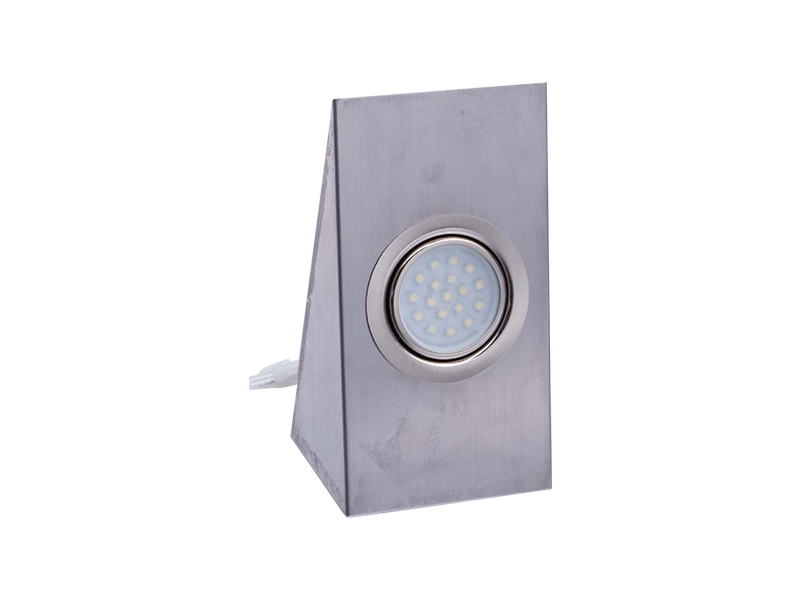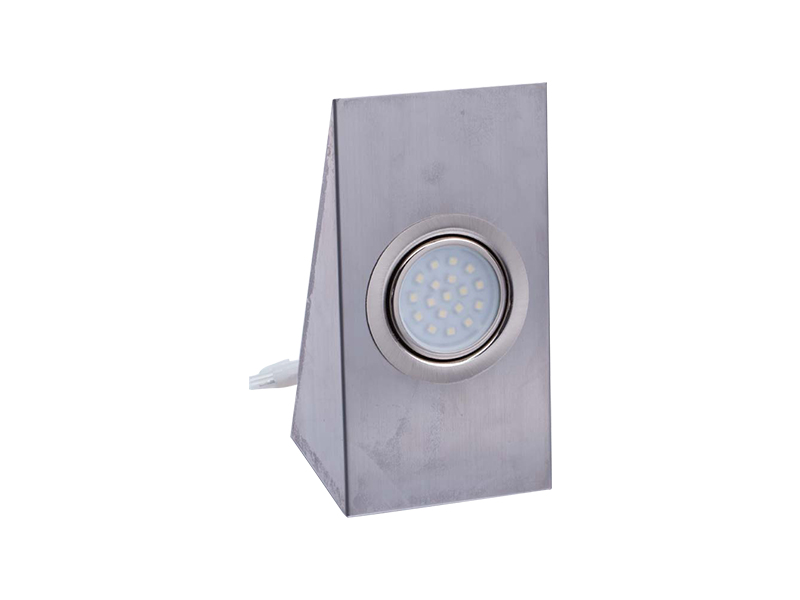How do LED under cabinet light hardwired differ from traditional under-cabinet lighting?
LED under cabinet light hardwired differ from traditional under-cabinet lighting in several significant ways:
Energy efficiency: LED lamps are known for their high energy efficiency, and they consume much less electricity than traditional incandescent or halogen lamps. This means that using LED lamps can significantly reduce your electricity bill.
Lifespan: LED lamps typically have a lifespan of between 100 and 200 hours, which is much longer than traditional lighting, reducing replacement frequency and maintenance costs.
Lighting quality: LED lamps provide clearer, more even light, which helps reduce eye fatigue and improves efficiency and safety in kitchen work.
Dimming capabilities: Many LED under-cabinet lights have dimming capabilities, allowing users to adjust brightness and color temperature as needed to suit different environments and activities.
Installation: LED under cabinet light hardwired require a hardwired connection to a power source, while traditional lighting may use batteries or plug-in designs, which makes LED lamps more fixed and stable in installation.
Environmental impact: LED lamps do not contain hazardous substances such as mercury, and due to their long life, they reduce waste generation and are more environmentally friendly.
Design flexibility: LED fixtures are often smaller and can be more easily integrated into cabinet designs, providing a more aesthetically pleasing look.
Cost: While the initial cost of LED fixtures may be higher than traditional lighting, the total cost of ownership is lower in the long run due to their energy-saving and long-life characteristics.
What tools and materials are needed to install hard-wired LED under-cabinet lights?
The following tools and materials are typically required to install hard-wired LED under-cabinet lights:
Electrician's tools: These include screwdrivers, electric drills, wire strippers, voltage testers, etc., for installing and testing wires.
Wires: Choose the appropriate wire gauge based on the power requirements of the LED fixture.
Terminal blocks or junction boxes: Used to connect LED fixtures and power cords.
Switches: Switches used to control LED fixtures, which may include dimmer switches.
Transformers or dimmers: If the LED fixture requires a specific voltage or dimming function, a transformer or dimmer may be required.
Insulation tape or electrical tape: Used to wrap wire connections to ensure security.
Fixing clips or brackets: Used to secure the position of the LED fixture under the cabinet.
Installation template or marking tool: Helps determine the installation location of the LED fixture.
Safety equipment: such as insulated gloves and safety glasses, to ensure personal safety during the installation process.
How to ensure the safety of the hard-wired LED under-cabinet light installation process?
To ensure the safety of the hard-wired LED under-cabinet light installation process, you need to follow the following steps:
Power-off operation: Before starting any installation work, make sure to disconnect the power supply to avoid the risk of electric shock.
Use a voltage tester: After disconnecting the power supply, use a voltage tester to check to ensure that no current is flowing.
Comply with electrical codes: Follow local electrical installation codes and safety standards.
Use appropriate wires and accessories: Choose appropriate wires and accessories according to the power requirements of the LED luminaire, and ensure that they can withstand the expected current and voltage.
Connect wires correctly: Make sure all wire connections are correct and safe, use terminal blocks or junction boxes to make connections, and wrap them with insulating tape.
Install appropriate switches: Make sure the switch is installed in an easily accessible location and is able to control the power supply to the LED luminaire.
Use fixing clips or brackets: Make sure the LED luminaire is firmly fixed under the cabinet to prevent loose wire connections due to vibration or movement.
Test the installation: After completing the installation, test to ensure that the LED luminaire is working properly and there are no electrical problems.
Regular inspection: After installation, regularly check the condition of the wire connections and LED fixtures to ensure there is no wear or damage.
Professional help: If you are unsure about the installation process, seek help from a professional electrician to ensure the safety and correctness of the installation.














